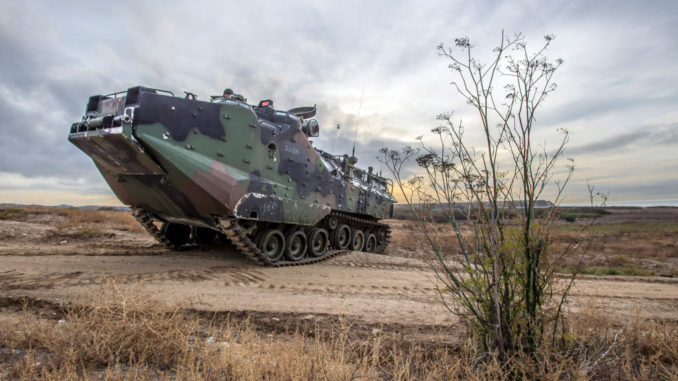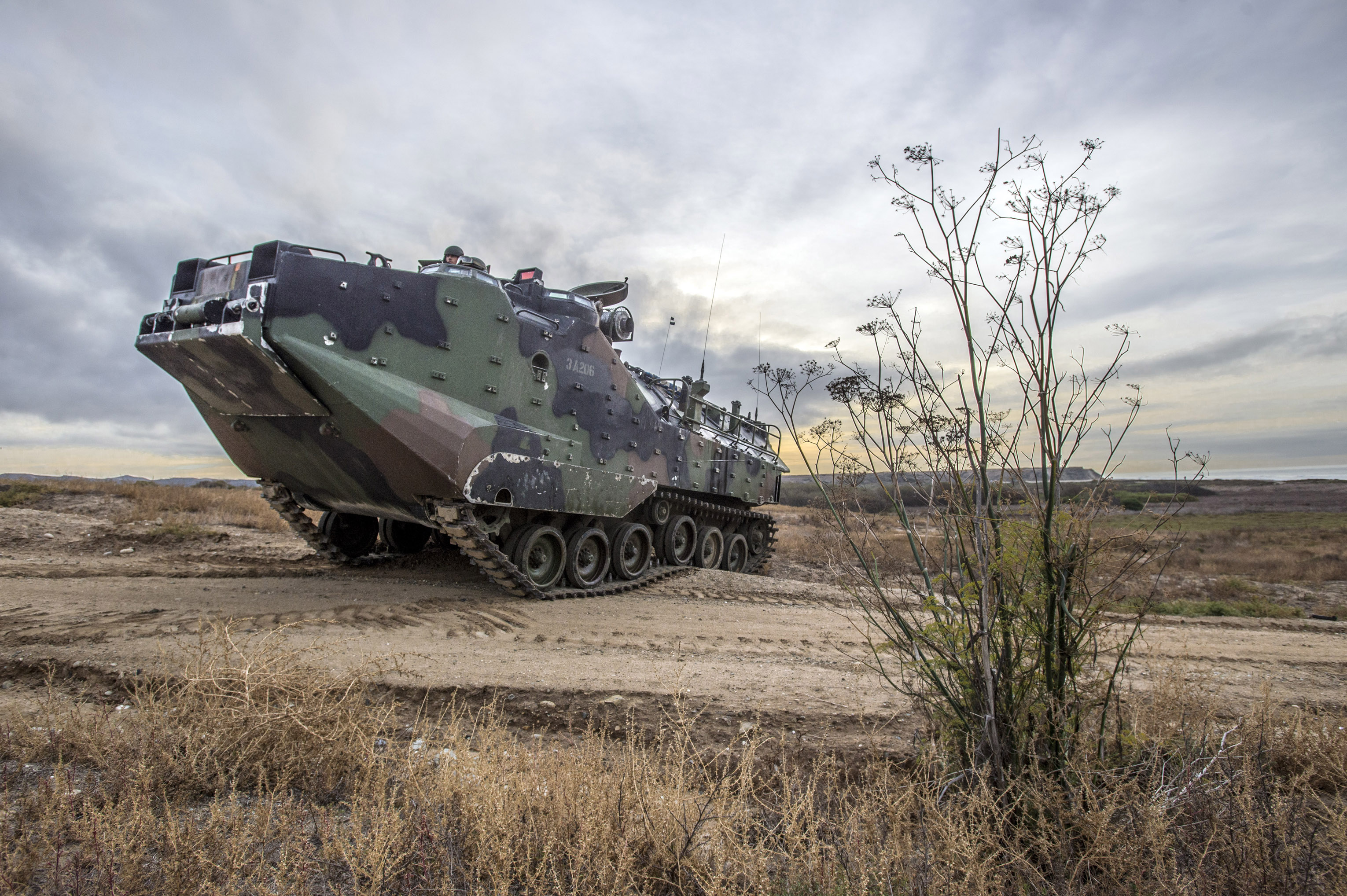
The American military is the world’s finest fighting force. But how long can it defend Camp Pendleton?
Marine Base Camp Pendleton is a major training facility. But at 200 square miles — bigger than San Jose — it’s also the largest open coastal space between Santa Barbara and Mexico. Its location in crowded Southern California is creating pressure to grab some of its land.
Pendleton’s future hasn’t received much public debate, even though it touches contested Congressional districts. That may be because Pendleton’s charms remain mostly hidden. Californians think of Pendleton as its 17 coastal miles along I-5, but that’s only a fraction of a compound running 10 miles inland to Riverside County. The property offers scenery so diverse — mountains, canyons, mesas, estuaries, lakes, a bison preserve, a free-flowing river — that it can feel like a militarized microcosm of California itself.
This diverse geography explains its military value. Pendleton accommodates a wide variety of training for Marines and other U.S. military branches. The grounds have prepared Marines who raised the flag at Iwo Jima, landed at Inchon, and fought in Vietnam’s jungles, Afghanistan’s mountains, and Iraq’s sands.
Less than 20 percent of the base is developed. The tens of thousands who live or work there don’t lack for services. There are theaters, museums, a new half-billion-dollar naval hospital, a scuba center, golf courses, a YMCA, the Leatherneck Lanes bowling alley, food franchises (from McDonald’s to Coffee Bean & Tea Leaf), a lake with fishing, 11 fire stations, five public schools, three chapels, 14 barbershops, and eight dry cleaners. The official base guide estimates the value of land and improvements at more than $1.7 billion.
That’s way up from the $4.2 million the military paid in 1942 after seizing an old rancho — once owned by Andrés and Pio Pico — as a Pacific training base. It was named for Marine Major General Joseph Pendleton, a Coronado mayor who lobbied for a West Coast Marine training base.
For decades, the Marines have successfully defended the base against those most rapacious of California enemies — real estate developers. The military has made strategic concessions, allowing San Onofre State Beach and the now-closed San Onofre nuclear plant to operate on its property.
Indeed, Camp Pendleton’s record of environmental stewardship is strong. Pendleton’s commanders and staff have protected endangered species (notably the songbird, least Bell’s vireo) and restored native habitats, especially along the Santa Margarita River, writes Marilyn Berlin Snell in her smart new book, Unlikely Ally: How the Military Fights Climate Change and Protects the Environment.
But having such a magnificent piece of land in urbanizing Southern California is provocative. San Diego needs a new international airport as Lindbergh reaches capacity, and Cal State San Marcos researches have shown that an airport on just 5 percent of Pendleton land could draw 100,000 jobs and billions in economic activity. Pendleton’s size and location also makes it a potential hub for expanding Southern California’s transportation network, building desperately needed housing, and meeting public demands for more parkland and coastal access.
The military maintains that surrendering Pendleton land undermines its training mission. But now that wars are conducted by drones or online, how much does the military need Pendleton? Pendleton provides amphibious training, but the last major Marine amphibious assault was 68 years ago. North Carolina’s large Camp Lejeune also handles varied training. And if Americans ever confront questions of debt, Pendleton could be in trouble. Does the U.S., with $1 trillion annual deficits, truly require a secondary land force training on valuable California land?
There’s also this problem: Pendleton serves a Commander-in-Chief who treats California like an enemy nation. Time reported that Trump has plans to detain 47,000 migrants at Pendleton, under border policies including child detentions and violation of refugees’ rights. If the base were used for such purposes, California’s leaders should pressure the feds to leave.
Camp Pendleton with a diminished military footprint, or without the military at all, might seem unthinkable. But so was the idea that the military would surrender San Francisco’s Presidio or Fort Ord on Monterey Bay. Both have productively transitioned to civilian use. Like them, Camp Pendleton is big and beautiful enough to serve us all.
Joe Mathews writes the Connecting California column for Zócalo Public Square.






